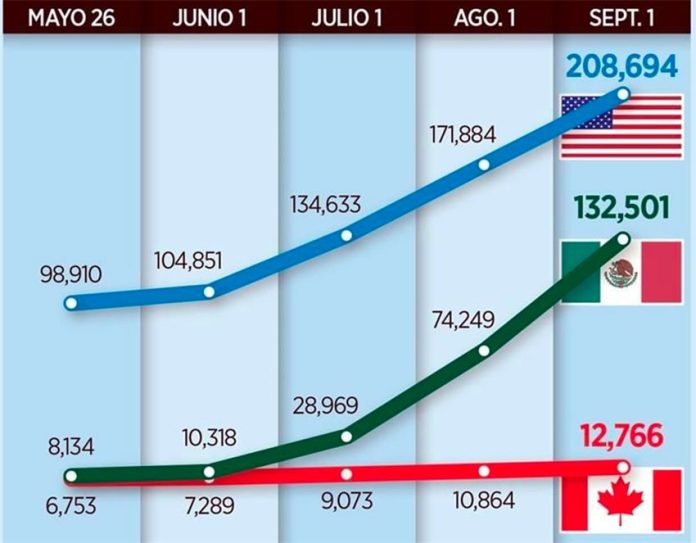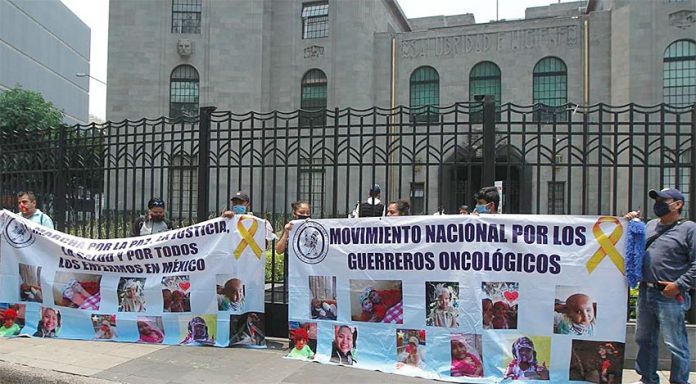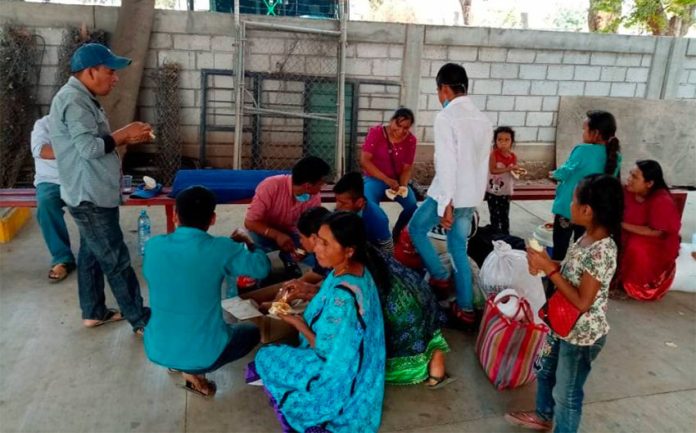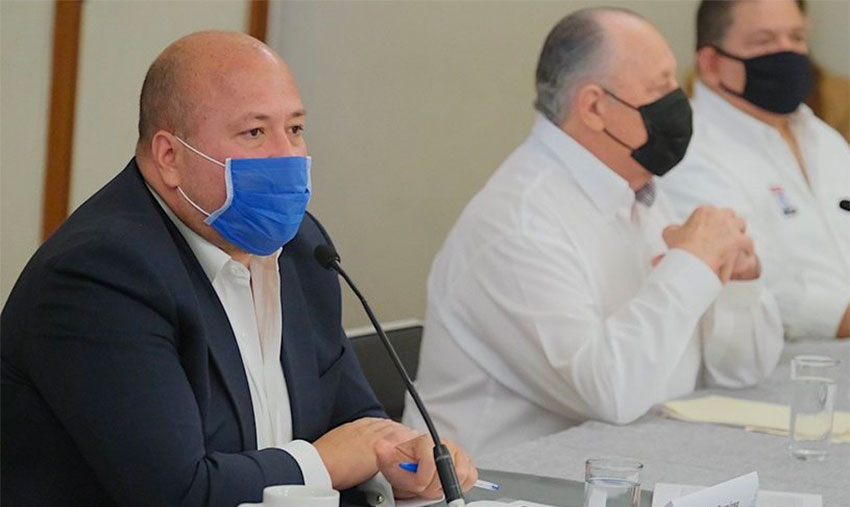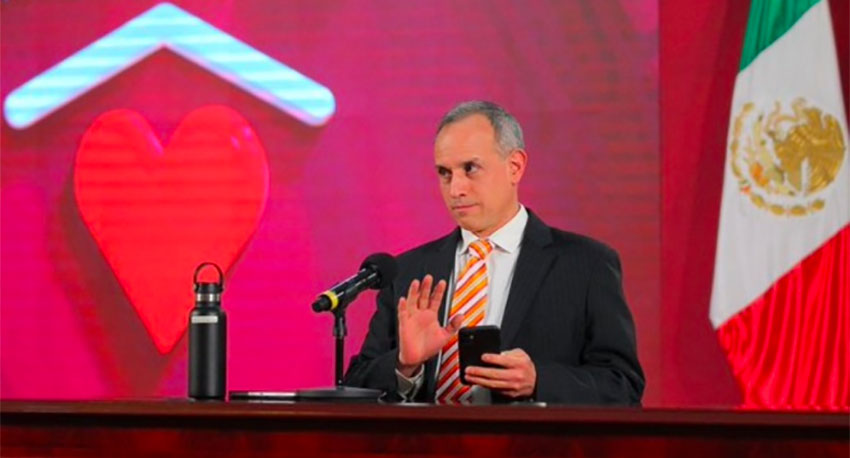Mexico’s coronavirus death toll will soar well above 100,000 by September 1, according to a model developed by a Massachusetts Institute of Technology (MIT) data scientist that predicts fatalities will peak in August.
Developed by Youyang Gu using machine learning techniques in combination with the SEIR epidemiological model, the model is predicting as of Thursday morning that 136,769 people in Mexico will have lost their lives to Covid-19 by September 1.
The figure is more than 15 times the current official death toll.
In a worst case scenario, coronavirus fatalities in Mexico would total 215,212 by September 1, according to the MIT model, while in a best case scenario the death toll would reach 39,775 by that date.
The model predicts that Covid-19 deaths will peak on August 9 and 10 with 2,064 fatalities on both dates.
It also predicts that 19.44 million people – about one in six Mexicans – will have contracted the new coronavirus by September 1. In a worst case scenario, 30.3 million people will have been infected by that date.
The model estimates that 2.16 million people in Mexico have already been infected, a figure more than 27 times higher than the current official tally.
It predicts that new infections will peak between July 18 and 25 with more than 250,000 people projected to contract the coronavirus each day in the weeklong period.
The predictions make for sober reading as Mexico enters the fourth month of its Covid-19 pandemic with more than 8,000 people already having lost their lives to the disease.
The federal Health Ministry reported an additional 463 coronavirus-related fatalities on Wednesday, lifting the death toll to 8,597. The number of deaths reported was the third highest on a single day after 501 on Tuesday and 479 on Friday last week.
However, Deputy Health Minister Hugo López-Gatell explained that not all the deaths reported at the nightly coronavirus press briefings occurred in the previous 24 hours. He said that the fatalities reported each night are indicative of the number of deaths that were confirmed in the previous 24 hours and consequently reported to the federal Health Ministry by state authorities.
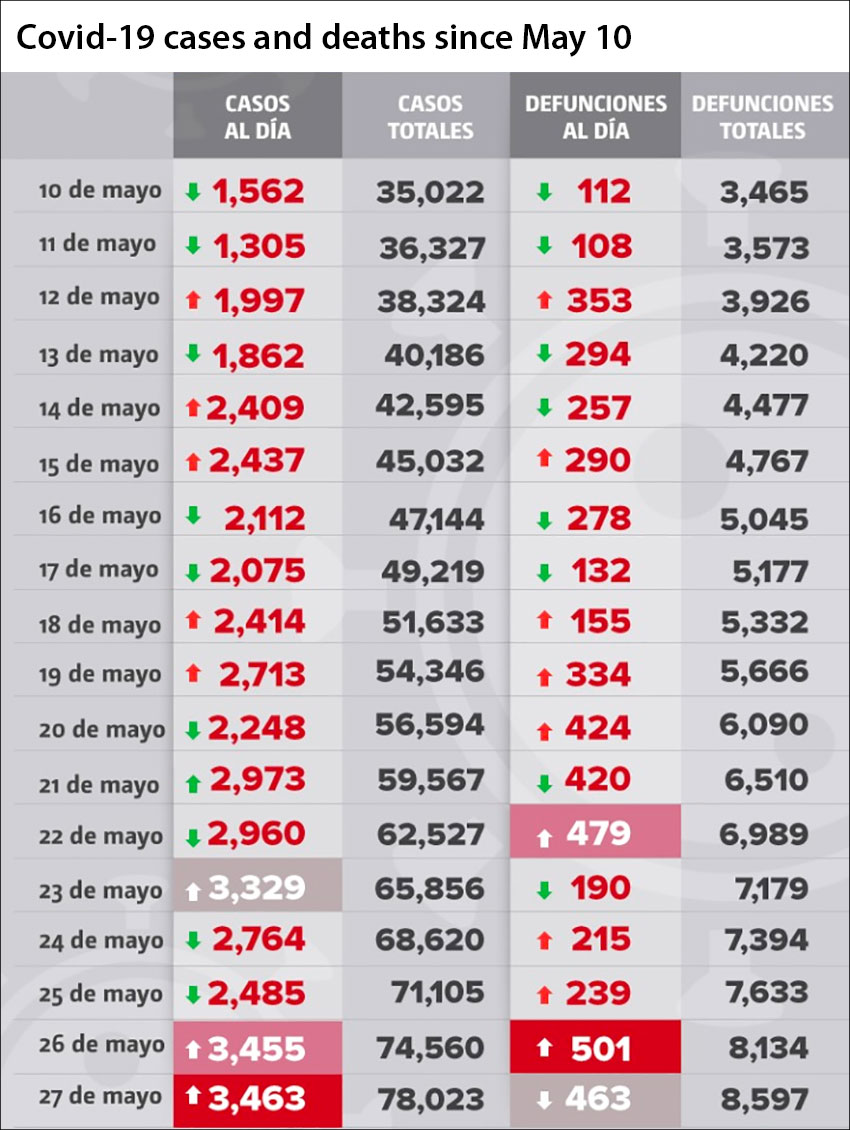
Given that test results may not be known until days after a suspected Covid-19 patient dies, a fatality confirmed to have been caused by the disease might not be reported by the federal Health Ministry until well after it occurred.
López-Gatell said that while the highest number of Covid-19 deaths was reported on Tuesday this week, the highest number of fatalities actually occurred on May 15. He said that 261 coronavirus patients died on that date but only 48 of the fatalities were confirmed the same day and consequently reported by the Health Ministry on May 16.
The other 213 deaths were reported on subsequent days, he said. López-Gatell said that the second and third highest number of Covid-19 deaths occurred on May 14 and 18, with 258 and 252 patients, respectively, succumbing to the disease on those dates.
Of the 463 Covid-19 fatalities reported by the Health Ministry on Wednesday night, only 62 occurred in the previous 24 hours, he said.
Given that the Health Ministry has reported more than 261 deaths – the May 15 peak – on 10 separate days, including five on which more than 400 were reported, the number of deaths reported on several other days must have been much lower than the actual number of fatalities that occurred in the previous 24 hours.
During the past two weeks, the number of Covid-19 deaths reported by the Health Ministry on Saturdays, Sundays and Mondays has been significantly lower than in preceding days, seemingly indicating that there is a delay in confirming and/or reporting deaths over the weekend.
In any case, Mexico’s official death toll has risen rapidly over the past month, increasing from 1,434 on April 27 to 8,597 yesterday, a 500% increase.
More than a quarter of the total deaths – 2,313 – occurred in Mexico City, the country’s coronavirus epicenter, but several media reports based on a range of evidence including death certificates issued in the capital claim that fatalities are being drastically underreported by authorities.
López-Gatell has acknowledged that Covid-19 has killed more people than official statistics show but rejects any suggestion that the government is deliberately underreporting deaths.
In addition to the more than 8,500 people confirmed to have lost their lives to Covid-19, 727 fatalities are suspected to have been caused by the disease but have not yet been confirmed, Health Ministry Director of Epidemiology José Luis Alomía told reporters on Wednesday night.
He also reported 3,463 additional confirmed coronavirus cases, the highest single-day increase to Mexico’s case tally since the virus was first detected in Mexico at the end of February. The figure is indicative of the positive test results reported in the preceding 24 hours, Alomía said.
A total of 78,023 people have now tested positive since the beginning of the pandemic. Alomía said that 15,592 cases – one in five of the total – are considered active, an increase of 874 compared to Tuesday.
He also said that there are 33,566 suspected cases of Covid-19 across the country.
Almost 245,000 people have now been tested for coronavirus in Mexico, a figure that equates to about 1,900 tests per one million inhabitants.
Mexico’s testing rate is about 40 times lower than Spain’s, 25 times lower than that of the United States and more than two times lower than the rate in Brazil, according to data published by the German statistics portal Statista.
